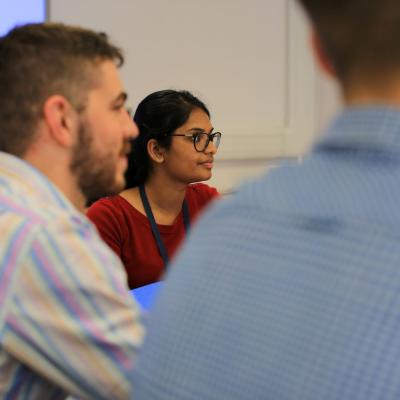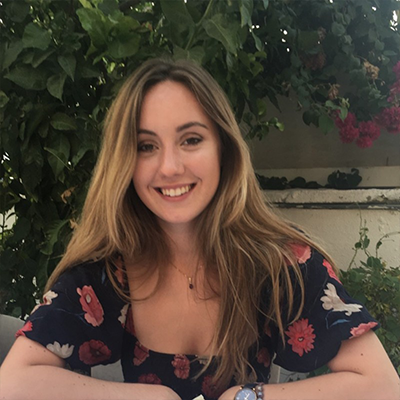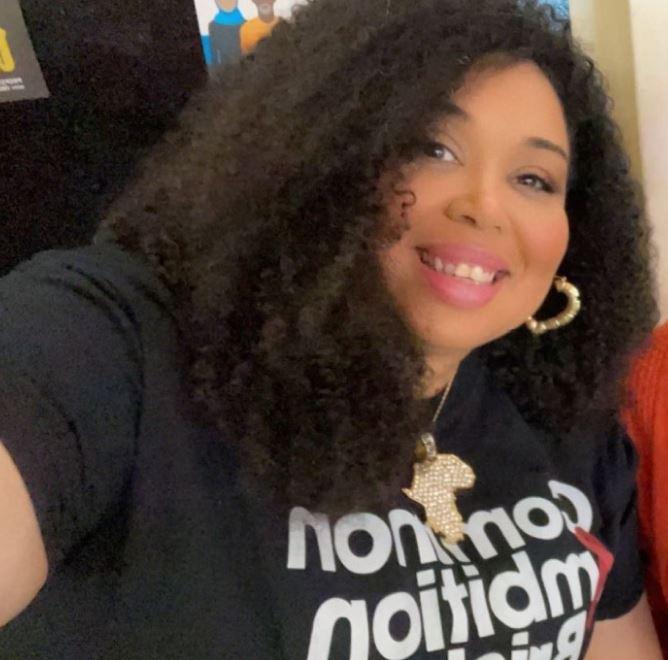What’s important when building a strong learning community to drive improvement?
27 April 2023

Our report from September 2022 looked at what makes a successful learning health system. These are teams or provider organisations that have developed their ability to learn from the routine care they deliver and continually improve as a result – and, crucially, to do so as part of business as usual.
Our research identified that involving stakeholders in improvement work, particularly by building strong learning communities, is a key factor for success, making positive, sustainable change more likely.
What do we know about learning communities?
Learning communities are groups of motivated people with diverse perspectives – such as clinicians, patients, carers, researchers, analysts and improvement teams – who come together around a common goal to identify problems and collaborate on designing and implementing solutions and improvements. Our report looked at some of the key issues and opportunities involved when trying to nurture learning communities.
What works?
- Bringing people together around a common purpose is vital.
- Including diverse voices, such as patients and service users, can challenge assumptions and help address issues of inclusion, power and paternalism in care.
- Involving voluntary organisations can help to harness knowledge and skills in local communities.
- Effective learning communities have trusting relationships and a culture that supports an open, honest and safe learning environment.
What's hard?
- Considerable work is involved in creating new learning communities and infrastructure, resources and funding are needed to convene people.
- Freeing up time for both professionals and community members to be involved is hard. This can be a particular barrier for patient and public participation as without adequate financial compensation, contributions are often restricted to those who can afford to take part.
- Cultural barriers can make it harder for people to come together around a common set of goals, and different people may have competing priorities.
- Effective leadership and facilitation are needed to align the activities of a learning health system with wider strategic priorities and to keep everyone engaged.
Reflections from some active learning communities
Since 2021, the Health Foundation’s Common Ambition programme has been supporting four projects to build sustainable change in health care through collaboration between those who use services and those who deliver them.
Keen to explore how teams have gone about convening and maintaining their own learning communities, we spoke to two of the projects to gather their insights.
- Elena Sheldon (pictured, top) is Project Manager for AWARE-IBD, a Common Ambition project based in Sheffield that’s using extensive patient involvement to lead service redesign and deliver improved outcomes for people with inflammatory bowel disease (IBD).
- Aisha Namurach (pictured, bottom) is Project Co-ordinator at Common Ambition Bristol, a project working with people of African and Caribbean heritage to increase levels of HIV awareness and testing within marginalised communities in Bristol, and to reduce stigma and late diagnosis within those communities.
What worked to recruit people from the community to be involved in your project?
Elena: We really wanted to approach things differently in this project and the main way we’ve done that is to recruit a patient with her own experience of IBD to the paid role of ‘microsystems coach’, giving her specific training in structured improvement methodology so that she could lead the work. Alongside the four patients who joined our multidisciplinary service improvement team, this ensured everything was truly patient-led.
When it came to wider community involvement we understood people would have different skills and time commitments so it was important we offered a wide range of options for how they could get involved, from completing a one off survey, to ongoing help with feedback or research.

Aisha: We made it clear that our project was to be completely driven by African and Caribbean heritage voices and that they would be at heart of the project and at the centre of all decision making. That’s what made me want to be involved in this project myself. I’m a woman of Ugandan heritage so identify firmly with the communities we are working with, and I have a background in HIV prevention work.
Employing me as the project lead was an important first step, and we also recruited a group of community members who were paid to sit on the project delivery group. Alongside the city-wide consultation we held where we asked people to help shape the project, it meant the community really felt they were steering things right from the start.
How did you agree a common ambition or improvement objective?
Aisha: We’ve had times where the community have had some really big ideas (our initial consultation resulted in around 33 suggestions for interventions), but the reality is we need to be able to deliver with the resources available whilst trying to make changes to the system. That’s where having professionals working alongside community members on our project delivery group has helped to build a sense of balance. And it’s meant some good conversations happened in terms of agreeing expectations for what we could achieve.

Elena: I think there's always a little bit of friction as all parties have different priorities. We’re working with the IBD team, the clinical team, the secretaries, the administrative staff, and their challenges and frustrations are often quite different. But this project is all about patient-led service changes so it was really about listening to what the patients want. Issues around access, communication and patient-centred care came through loud and clear, so there was consensus about wanting to respond to that.
What’s helped to maintain a productive learning community?
Aisha: Being open and honest about our work has been vital. And that means acknowledging that this work sits within some much bigger issues of inequalities which affect our communities. We needed to acknowledge that things haven’t been great, especially for marginalised communities during the pandemic, and that this was one way we were trying to change things. That seemed to really resonate with people and helped to build trust.
Paying community members properly to sit on our project delivery group was also essential. Because what's happened before with projects like this is that black communities are brought in on a voluntary basis, do a lot of the work, and don't get paid or recognised for their time. We wanted it to be clear this project was different.
Elena: We learned that rather than getting people to come to you, you go to them. Seems basic but we got some useful feedback early on that made us think about why this is important. We ran one of our first engagement sessions in a university building in the city centre and a community leader who attended said to me ‘I don’t feel comfortable in this kind of setting, this environment is so foreign to me’. That really changed our approach.
The other big thing we learned is the importance of taking the time to build and maintain a rapport and sense of trust with people. Community groups told us they’d often have people visit, get the information they needed and then they’d never hear from them again. If you want people to open up, you need to invest in that relationship and make it mutually beneficial. Even if that’s just a follow up visit to tell them what you've done with the information they gave you and how it’s made a difference
What challenges or difficulties have you faced and how have you overcome these?
Elena: Getting a truly diverse and representative community group involved in the work was challenging. This is where we really valued the skills of the partner agencies involved in our project. The outreach and engagement sessions our charity partner VoiceAbility helped to run with community groups really made space for lesser heard voices and helped us understand any specific challenges they faced in their care.
Aisha: Emotions got a bit charged within our project delivery group when we realised we were looking at the last leg of the project. Community members felt upset at the idea the project could just end and importantly noted that the community don’t get to walk away at the end of the 3-year funding – they’ll still be here dealing with health and racial inequalities. It was challenging at the time but we realise now it was a bit of a breakthrough and led to people really feeling heard. It also prompted some very important conversations about the legacy of the project, how we wanted to focus our remaining time and what could be next.
This content originally featured in our email newsletter, which explores perspectives and expert opinion on a different health or health care topic each month.
Also in this newsletter
Work with us
We look for talented and passionate individuals as everyone at the Health Foundation has an important role to play.
View current vacanciesThe Q community
Q is an initiative connecting people with improvement expertise across the UK.
Find out more

